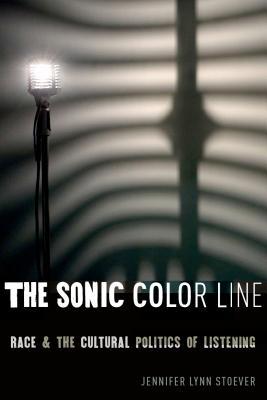
The last scholarly book I read left a bit of a bad taste in my mouth – despite encountering a handful of interesting ideas, overall it didn’t feel like a terribly good use of my time. Thankfully, this book has cleansed my metaphorical reading palate and proved to be both a fascinating read in its own right and much more groundedly relevant to some of my own work. It’s a history, of sorts, but focused to a significant extent on reading very closely cultural artefacts from periods of US history stretching from just before the Civil War to just after the Second World War. It argues that sound and listening are and have always been deeply bound up in white supremacy and anti-Black racism in the US. Across the different eras it examines, it traces the evolution of what it calls “the sonic color line” and “the listening ear.” The former describes “the process of racializing sound – how and why certain bodies are expected to produce, desire, and live amongst particular sounds – and its products, the hierarchical division between ‘whiteness’ and ‘blackness'” (7). And the latter, which drives the former, is “a figure for how dominant listening practices accrue – and change – over time, as well as a descriptor for how the dominant culture exerts pressure on individual listening practices to conform to the sonic color line’s norms” (ibid). Its chapters focus on widely-read narratives by formerly enslaved people Frederick Douglass and Harriet Jacobs, iconic white and Black musical performers in the pre-Civil War years, both musical performance and fiction during Reconstruction, the music of Huddie “Lead Belly” Ledbetter and the fiction of Richard Wright in the 1930s, and the supposed golden age of US radio in the ’30s and ’40s. The material that was most useful to me was probably in the introduction and the first chapter, as Stoever laid out some of the key ideas that she would use throughout. But all of it was interesting, as my knowledge (as a reader sitting up here in Canada) of a lot of this US history is scant and uneven, and witnessing the author listen closely and creatively to such diverse sources and weave them into a compelling analysis was a pleasure. Interesting, useful, and a good read.